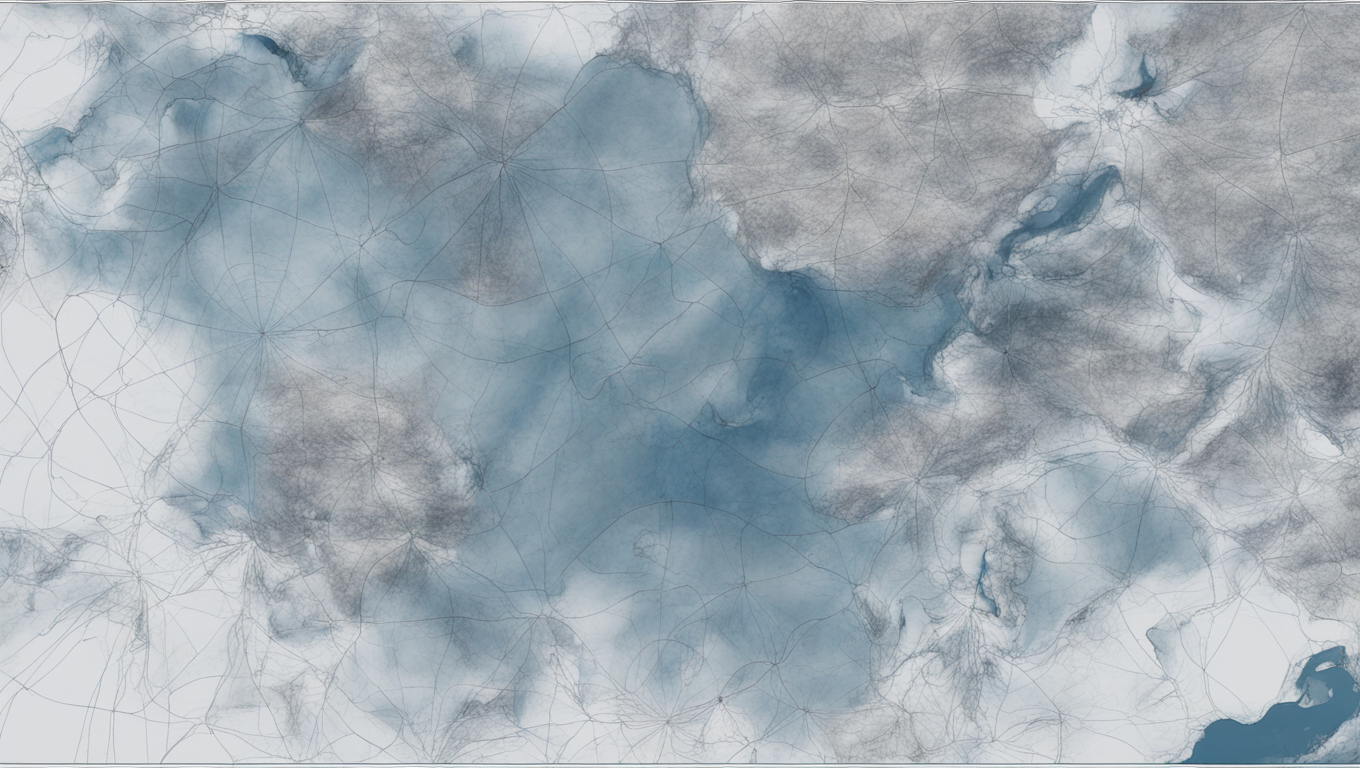Sea ice in the Arctic is melting at an alarming rate, with some scientists predicting that the region could be ice-free in the summer months by 2050. As the demand for shipping traffic in the Arctic increases, accurately forecasting sea ice extent becomes crucial. Traditional methods using physics and statistical modeling have been used for decades, but they have limitations and may not be able to keep up with the rapidly changing climate.
Leslie Canavera, CEO of PolArctic, believes that artificial intelligence (AI) and machine learning could be the future of sea ice forecasting. By combining the best of both statistics and historical data with AI’s ability to learn and adapt, more accurate predictions can be made. Canavera explains that AI models can take into account the complexities and nuances of the ocean system, allowing for better forecasting.
Marika Holland, a scientist at the National Center for Atmospheric Research, acknowledges the limitations of current methods. She highlights the challenges of modeling every centimeter of the globe and the difficulty in approximating smaller-scale processes such as snow cover on sea ice. Holland believes that AI, when combined with physics-based models, can lead to significant improvements in forecasting accuracy.
The increasing importance of accurate sea ice forecasts is driven by the growing marine traffic through the Northwest Passage and the need for search-and-rescue capabilities in the region. Leslie Canavera describes how AI can provide location-specific and timely forecasts, benefiting various user groups. For example, AI models were able to accurately predict when a route would be open, enabling shipping companies to plan their operations efficiently.
While AI-generated forecasts can be valuable, there are challenges in understanding how the algorithms arrive at their conclusions. Canavera refers to this as the “black box” problem, where scientists struggle to explain the reasoning behind AI predictions. Addressing this issue, the field of explainable AI (XAI) aims to make AI more transparent and understandable.
Marika Holland emphasizes the importance of combining machine learning with the existing knowledge gained from five decades of physics and statistical modeling. She believes that the best forecasts will come from integrating these two approaches.
Finally, Leslie Canavera highlights the value of traditional Indigenous knowledge in sea ice forecasting. Traditional knowledge, often based on observations passed down through generations, can provide valuable data for AI models. Canavera sees the incorporation of traditional Indigenous knowledge into AI models as a powerful approach to better understanding and predicting sea ice behavior.
As the challenges of forecasting sea ice extent continue to grow, the role of AI and machine learning becomes increasingly important. By harnessing the power of these technologies alongside traditional knowledge and established models, scientists hope to improve the accuracy of sea ice forecasts, aiding industries and protecting the Arctic environment.





Use the share button below if you liked it.